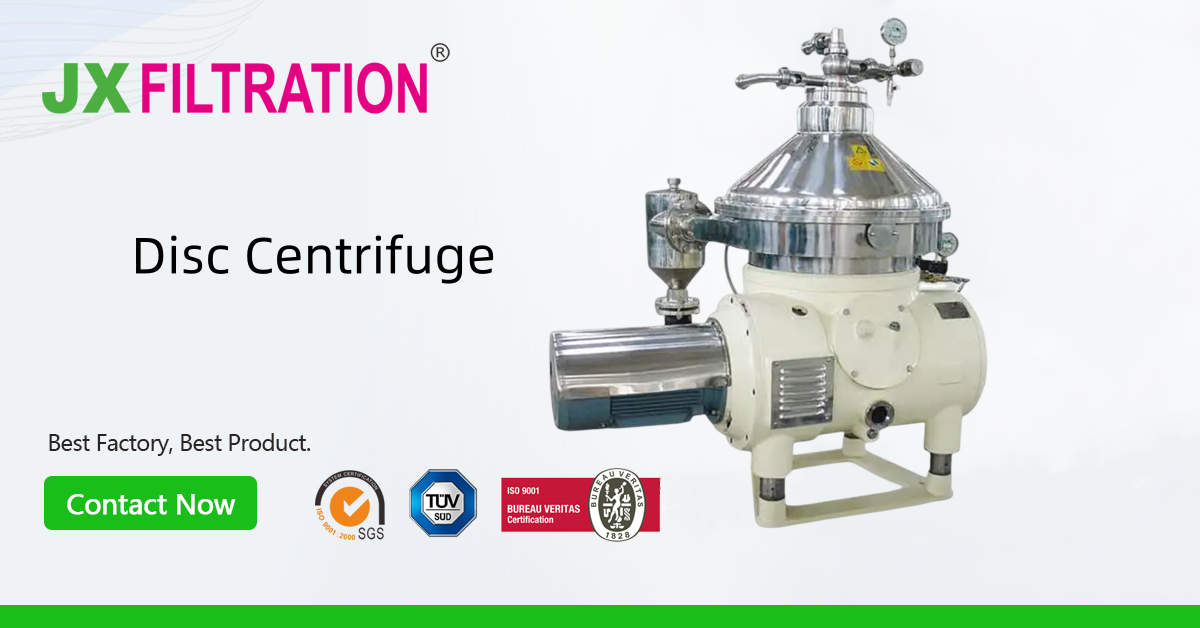How is the Centrifugal Filtration Process Achieved II
Centrifugal Sedimentation Process:
Centrifuge is primarily used for separating suspensions with low solid content and fine particle size. In sedimentation centrifuges, the drum wall has no perforations and no filter medium.

When the suspension rotates along with the drum, the solid particles, having a density greater than the liquid, settle towards the drum wall under the influence of centrifugal force, forming sediment. The clarified liquid remains in the inner layer and exits through an overflow outlet at the end of the drum.
Centrifugal Separation Process:
The centrifugal separation process, in principle, is also a sedimentation process. However, it specifically refers to the separation of emulsions formed by two liquids with different densities or emulsions containing trace solid particles (liquid-liquid-solid).
Under centrifugal force, the liquids are separated into inner and outer layers based on their densities, with the heavier liquid forming the outer layer and the lighter liquid forming the inner layer.
Any trace solid particles settle on the drum wall. Special mechanisms are used to draw the separated components out. Centrifuges designed for this process are called separators, and their drums are also non-perforated.
Two Key Concepts in Centrifugation and Centrifuges:
Separation Factor and Centrifugal Force
Centrifugal separation relies on the centrifugal force field generated when materials rotate at high speed within the drum of the centrifuge. The centrifugal force acting on the material is proportional to the material's mass and the drum diameter and proportional to the square of the rotational speed.
Thus, adjusting the rotational speed is the most straightforward and effective way to modify the centrifugal force.
In centrifuges, the intensity of the centrifugal force field is typically measured using the separation factor (Fr).
- The separation factor is the ratio of the centrifugal force (Fc) acting on the material in the centrifugal field to the gravitational force (G) acting on it in the gravitational field.
- Essentially, it is the ratio of centrifugal acceleration to gravitational acceleration.
This principle demonstrates the effectiveness of centrifugal force in enhancing separation processes.
Any Requirements, Contact Us Now!
Kris
Email/Teams: kris@filtrationchina.com
Mobile/Whatsapp/Wechat: +86 18980776200


